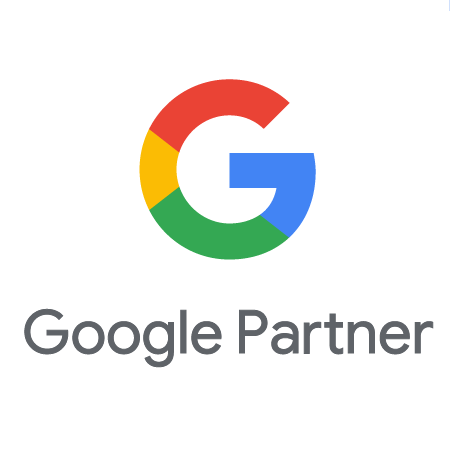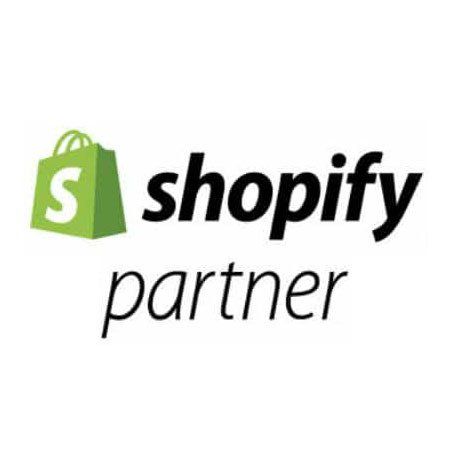‘Right Place, Right Time’ Marketing: Contextual Targeting and Its Promise for the Future of Digital Marketing

“How does it know?” Have you found yourself asking that question when you are browsing on the web, and an advertisement appears that speaks directly to your interests? It is becoming more and more common, and it is the result of a digital marketing trend called “Contextual Targeting.”
Simply put, contextual targeting is precisely what its title suggests – marketing that is targeted to you based on context. The context can be either the website on which you are browsing or on the keyword search terms you type into a search engine.
Contextual Targeting – Does the Good Outweigh the Bad?
There are pros and cons to this digital marketing phenomenon. To those who can remember life before cable TV and cell phones, the targeted ads that seem to know what you want before you want it can be a bit jarring, can have a slight 1984/Big Brother/Orwellian quality to it, and can make you say “how does it know?”
For those who are more comfortable going on a virtual walk through the Internet-shopping-mall maze, the contextually targeted ads are not a nuisance. Rather, they are helpful. They, at least, are distractions that are more welcomed because they are more relevant to your likes and dislikes.
That is where the strength in contextual targeting lies. Users are much more likely – some researchers say twice as likely – to favorably receive an advertisement that speaks directly to that user’s interests. Therefore, the targeted advertisement has that much more value to your business for three reasons:
1. Users are much more likely to click on the advertisement,
2. Increased click volume will lead to increased sales, and
3. The ad will not be received negatively, or at least less negatively than random advertisements.
In sum, you get a much better “bang for your advertising buck” by employing contextual targeting.
Oamii, the leading social media marketing company in Florida , has its finger on the pulse of the digital marketing trends on the horizon. While contextual targeting has been around for some time and it continues to be honed, the next trend in contextual targeting will come, we believe, due to a recent change in data protection laws throughout Europe.
Thus, according to our experts at Oamii, the “next big thing” in digital marketing trends will be a move away from digital cookies, and a move towards a laser-like focus on more nuanced contextual targeting strategies. Accordingly, if your business is not already in the contextual targeting game, contact our Oamii professionals to learn about what we can do for your next contextual targeting strategy. You too can use contextual targeting to take advantage of the ‘right place, right time’ aspect of web sales.
In this blog, we will get into the detail of exactly what contextual targeting is, and then discuss what the new data protection rules in Europe mean for your marketing efforts.
How Does Contextual Targeting Work?
As noted above, contextual targeting, or contextual advertising, is the ability to target advertisements on a website, search engine, or social medial platform to an audience that will likely be more receptive to the advertisement.
Simply stated, computer users will see advertisements that relate to their interests. For example, if you are a movie buff, then with contextual targeting, advertisements that appear in your browser, or on Facebook, will be tailored to movie-related subjects and products like Fandango discounts or trailers for upcoming films.
Here is how it works. A contextual targeting system will scan the text of a website for certain keywords. Then, the system will run through the advertisements in its roster of ads, and it will return advertisements to the webpage that are based on those keywords. The same type of system is also employed to display advertisements on a search results page based on the terms entered into a search engine.
Also as noted above, contextual targeting is effective because it takes the edge off of online and pop-up ads that are generally viewed as irritating. When an advertisement speaks directly to what the user cares about, it has a greater influence on the user, and it vastly increases the chance of a click, possibly leading to a conversion.
The first major contextual targeting network was Google AdSense. In fact, a large portion of Google’s earnings comes from the contextual advertisements on the millions of webpages running the AdSense program.
The New GDPR Rules
As you likely know, there has been a recent backlash against companies that take, and ultimately misuse, consumer data, such as when Facebook compromised the information of up to 87 million Facebook users. The backlash has been in the form of restrictions on the use of consumers’ data.
On May 25, 2018, the European Union (EU) put into effect a uniform data privacy law – the General Data Protection Regulation (GDPR). Noted as the world’s strongest law protecting digital privacy rights, the GDPR focuses on two main ideas. First, businesses need to obtain consent from a computer user before collecting that user’s data. Second, only the data that is vital to allow a business’ services to function should be collected.
In short, these new restrictions on the use of consumer data have pulled back the reins on some forms of digital marketing. Specifically, the cookies that some companies and online stores leave on a user’s computers may violate the new GDPR, and therefore businesses will be looking for alternative marketing strategies.
Enter Contextual Targeting
The answer to the latest restrictions on consumer data – most particularly demonstrated by the GDPR – is to find non-data collecting ways in which to target your audience. That is the new horizon for contextual targeting.
Even though contextual targeting is not a new concept, we at Oamii see that companies will now need to invest more deeply into contextual targeting strategies, and for those who have not yet waded into the contextual targeting world, now is the time to start down the path of contextual marketing.
We welcome you to learn more about contextual targeting strategies in the new world of GDPR and data protection, and the ways in which Oamii can help you create a winning marketing portfolio for your business into the future. Contact us online or at 561-228-4111.
Disclaimer: The information on this website and blog is for general informational purposes only and is not professional advice. We make no guarantees of accuracy or completeness. We disclaim all liability for errors, omissions, or reliance on this content. Always consult a qualified professional for specific guidance.








